Water Under The Bridge
Exploring Apalachicola
Halfway through our stay on St. George we had a little problem called Friday night. The problem was that the campground at St George was full for Friday night. One night missing in a string of twelve nights. We knew that when we came out here, but I was really hoping something would open up. It did not. That’s how we came to be under the bridge in Apalachicola again.
We stayed under the bridge in 2018 for similar reasons. Back then we just literally pulled under the bridge. Now the city of Apalachicola has formalized things. You have to stay in the grassy field next to the marina and it costs $30 a night. The internet is full of people complaining about how you’re paying for nothing, because there’s no water or electricity, and it does feel like a heavy-handed money grab, but we didn’t mind. It beats driving an hour just for the night.
It was a hot day without much breeze so we parked the bus and headed out to explore Apalachicola until evening when it cooled down some.
We walked around town for a bit, but quickly found the every shop had the same thing as the last. St. George Island hasn’t changed much in the last decade we’ve been coming, but Apalachicola definitely has. Part of that is due to the inevitable, gradual, crapification of everything. But around here the hurricanes often accelerate that process.
Hurricane Michael hit here in 2018. I remember watching coverage from Mexico, trying to figure out how bad the damage was on St. George. St. George seemed okay, but Apalachicola was hit hard. The after effects were still all around us as we walked. Buildings that were headed downhill in our last visit were in total ruin now. Several restaurants were boarded up. Shops were gone. The maritime museum has yet to re-open, though its phone recording claims it’s planning to.
We headed out to the same place we always get oysters. Most of its food is straight of the Sysco truck1, but it does at least serve up local oysters. We got a dozen raw and a dozen steamed. The kids have tried oysters when they were younger, but none of them remembered it. They were unimpressed with raw oysters, though the girls liked the steamed oysters.
After the oysters we walked around some more. We ended up buying some coffee from a local roaster, and couple of whale and shark guides done by our friend Val, before we gave up on downtown Apalachicola.
We headed out to the old cemetery for a bit. It hasn’t changed much. Maybe the Spanish Moss is a bit longer, the trees a bit taller, the general feeling of neglect a bit stronger, but the dead, and the land they claim, can usually be counted on not change too much.
The cemetery is right across from The Pig and while we had plenty of food, we didn’t want to use the stove in the heat. So we did what you used to do when it was hot: we bought some food we didn’t have to cook, a bag of ice, and a few pints of ice cream. Back at the bus we ate the ice cream first, of course, and sat around in the shade drinking cold water. It wasn’t too long before the sun got low enough that the heat faded.
Parking the bus in the middle of a grassy field in town is like hanging out a big sign that says, come say hi. And quite a few people did. We also seem to meet interesting people when we camp under the bridge. After dinner a man drove up in a truck and started chatting with us about the bus. He had spent years in the area as a general contractor, had even built some of the structures on the state park back in the 1980s.
We talked about how Apalachicola had changed. He told us that the old local favorite watering hole, which was always a little rough around the edges, was gone, replaced by an upscale brewery offering $10 microbrews and kids menus.
In some ways the real devastation of hurricanes comes later, when all those people who didn’t have the money to set up shop again have to sell their businesses, and inevitably they sell to outsiders who see real estate opportunities without ever considering their impact on the communities they’re buying into. That how you get to the point where there are more shops selling beach trinkets from China than anything produced locally, more restaurants serving up whatever came on the Sysco truck, and fewer and fewer places to get an oyster on the half shell.
Sam (not his real name) had been a traveler too, living in an RV while he toured on the rodeo circuit as a bronc rider. He told us stories about George Strait and what life was like going around the country back in the day when there wasn’t a lot of money in rodeo riding, “you don’t win, you don’t eat.” We looked him up later and realized he was a famous rodeo rider back in the 1970s and 80s.
He offered us a free place to stay up the river on a 100 acres of wood with a river nearby. It made me a little sad to have to say no, we couldn’t do it, we had to get back to Pensacola to wrap up some business there, but he told us if we ever needed a place to stay to just drive into the middle of a small town near his property and ask anyone, everyone will point you to my place, he said.
By the time he left it had cooled down enough that we weren’t sweating in the sun anymore, but it was still pretty warm to sleep so we sat around in the twilight. The kids sketched and wrote in their journals and I did a little work on the Jeep.
We woke before dawn the next morning to a cacophony of seagulls and fishing boat motors as every charter fishing trip and private boat in the area put in at the marina’s boat ramp.
I ate a quick breakfast and headed to the Advance Auto in Port St. Joe, where I was hoping to exchange the bus’s battery. On our drive to St. George the battery I bought barely a year ago died. I’m not sure why. It could be charging it with a battery charger rather than using the alternator wasn’t good for it (the bus’s voltage regulator was shot and it took me a while to track down a new one). It could be it was just a bad battery. Whatever the case the store in Port St. Joe exchanged it for a new one, no questions asked.
Unfortunately, while I was installing that I accidentally shorted something and blew the fuse from our house battery to our inverter, which meant we had no power for the fridge and by this time it was already warming up. While I wrestled with all that, Corrine took the kids over to Eastpoint, to explore the estuary nature center.
I eventually gave up trying to find a replacement fuse locally and just ordered a few new ones off the internet. I figured we were headed back out to St. George state park anyway, so we’d have shore power to get us by until the fuses shipped. We don’t use shore power much, mostly we live off solar, but we can hookup to 30 amp power in a pinch.
By noon the freezer portion of our main fridge was already half-defrosted. I packed up and drove back to St. George where I met up with Corrinne and kids. Fortunately whoever was in our campsite had left early, so it was no problem — we plugged in, re-inflated the paddle boards, and headed back out to our little slice of paradise.
-
Sysco is a restaurant supply company (among other things) that offers complete meal “kits” that your local restaurant then assembles on-site. If you’ve ever wondered by so many restaurants have such similar menus and food, Sysco is a big part of why. ↩
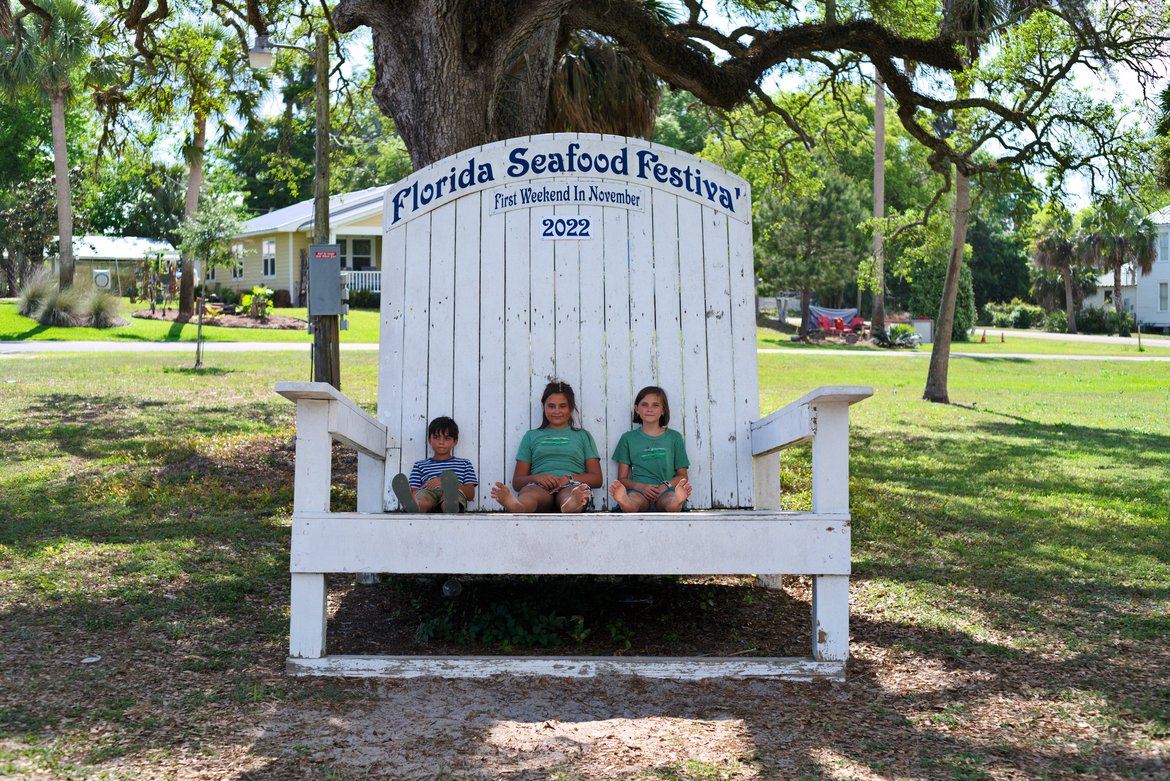
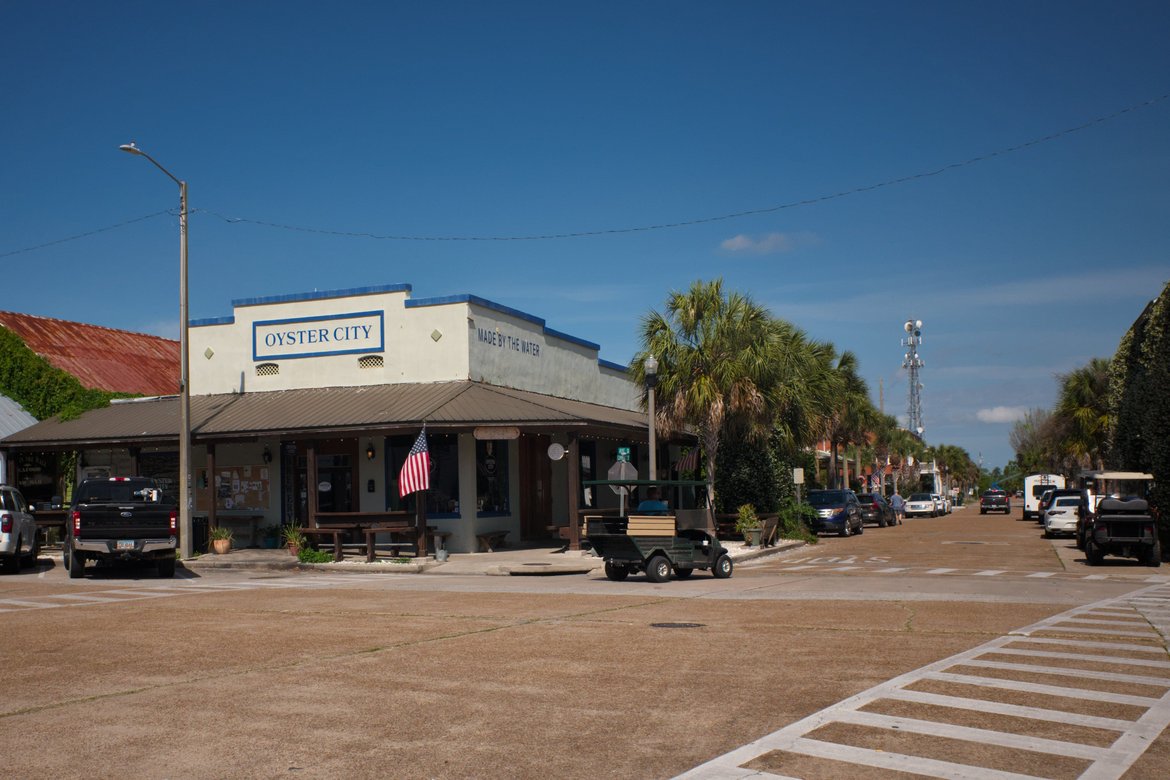
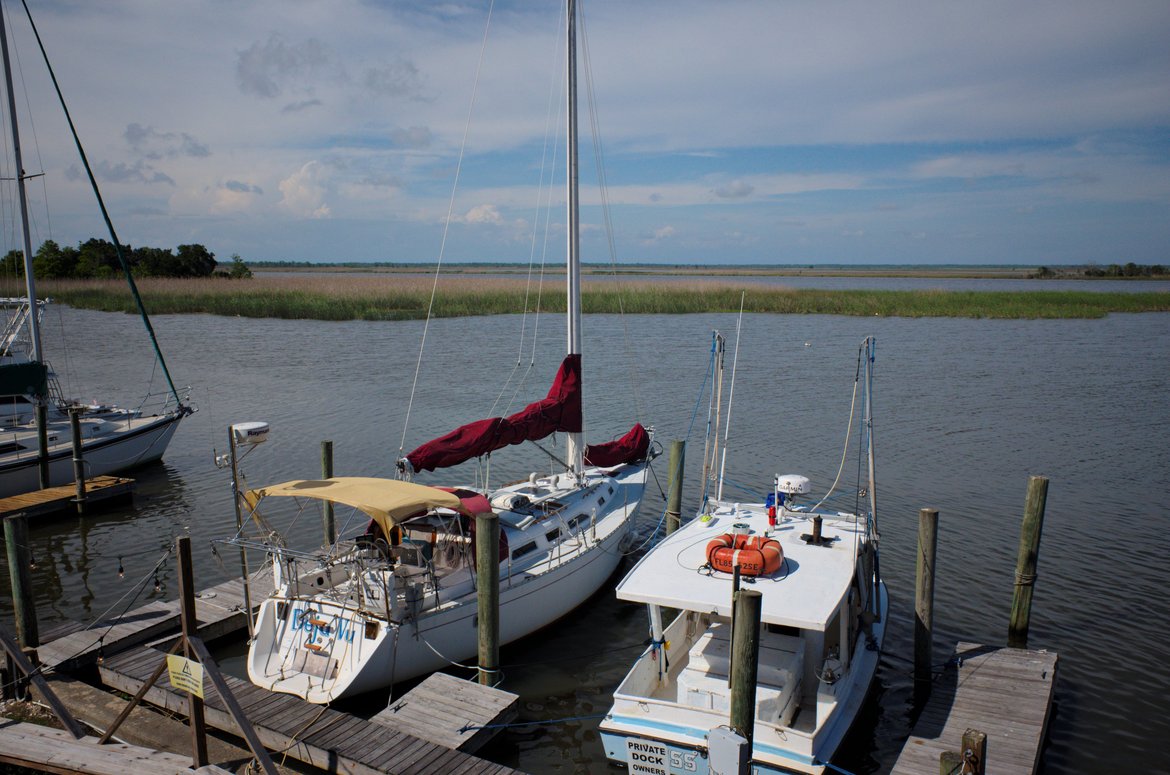
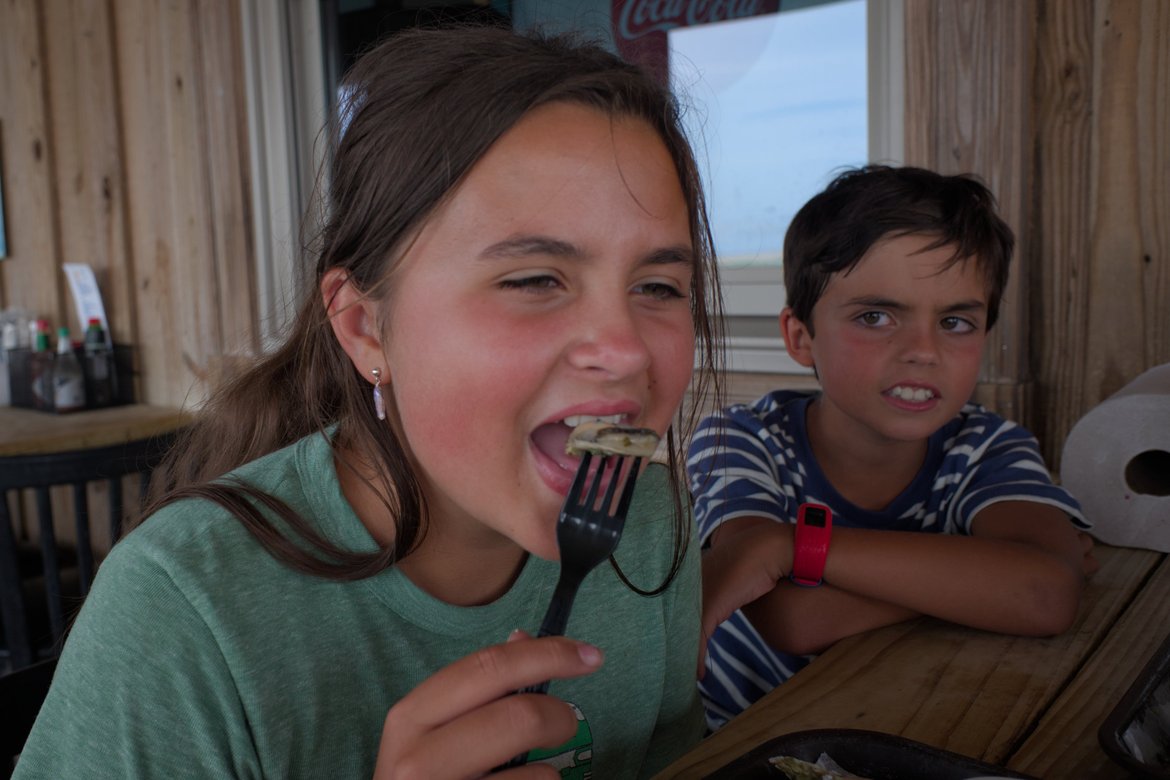
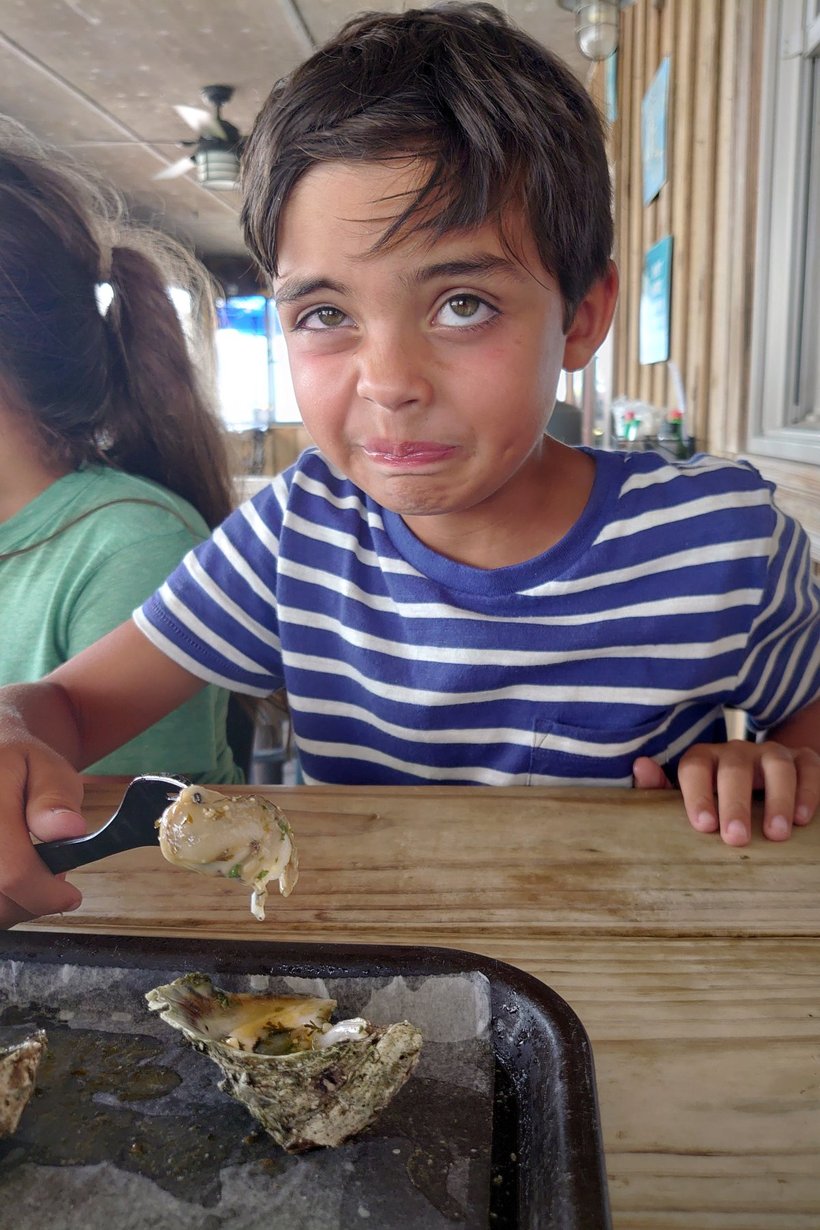
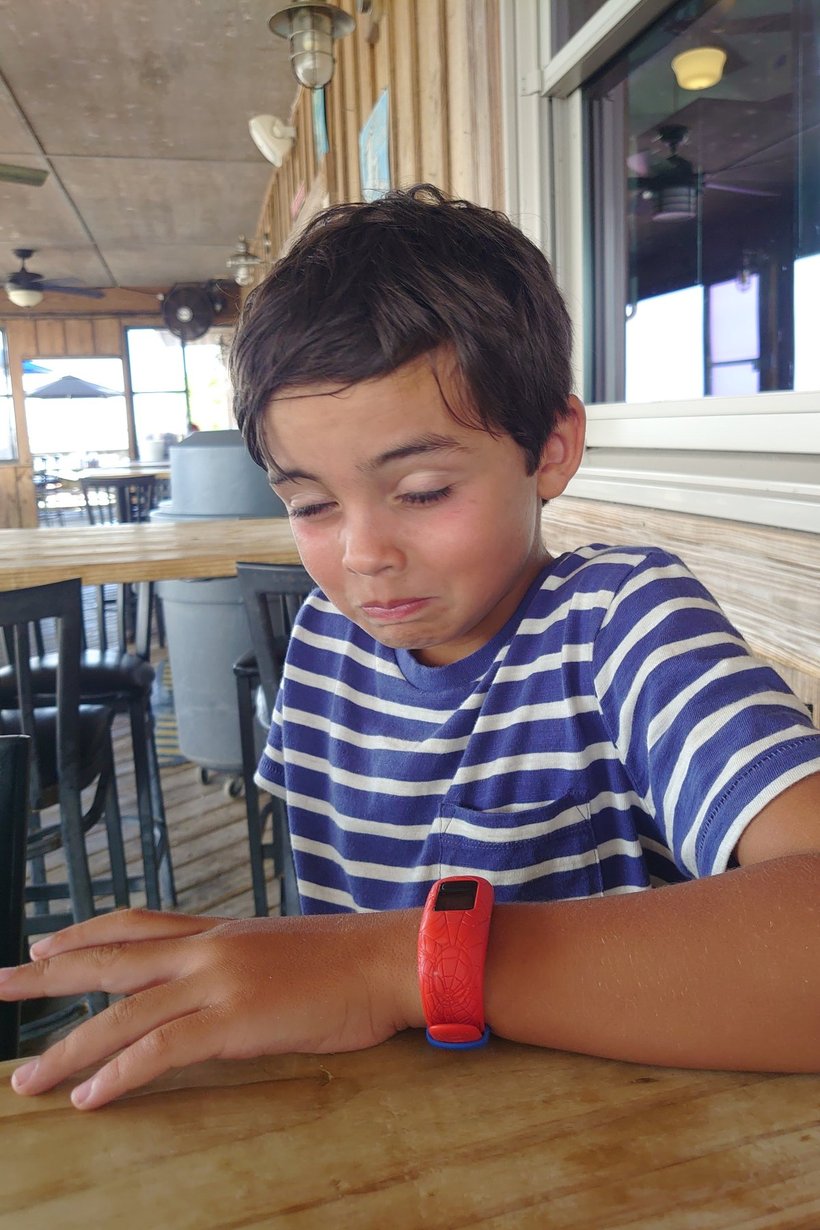
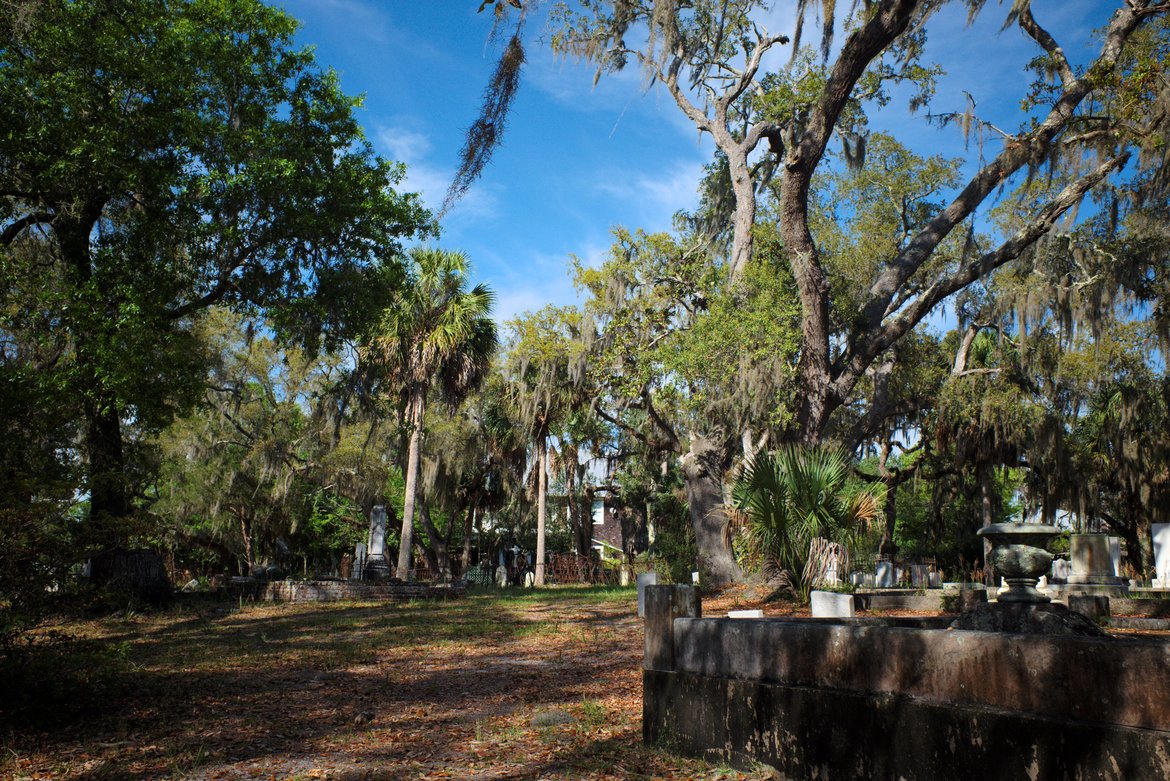
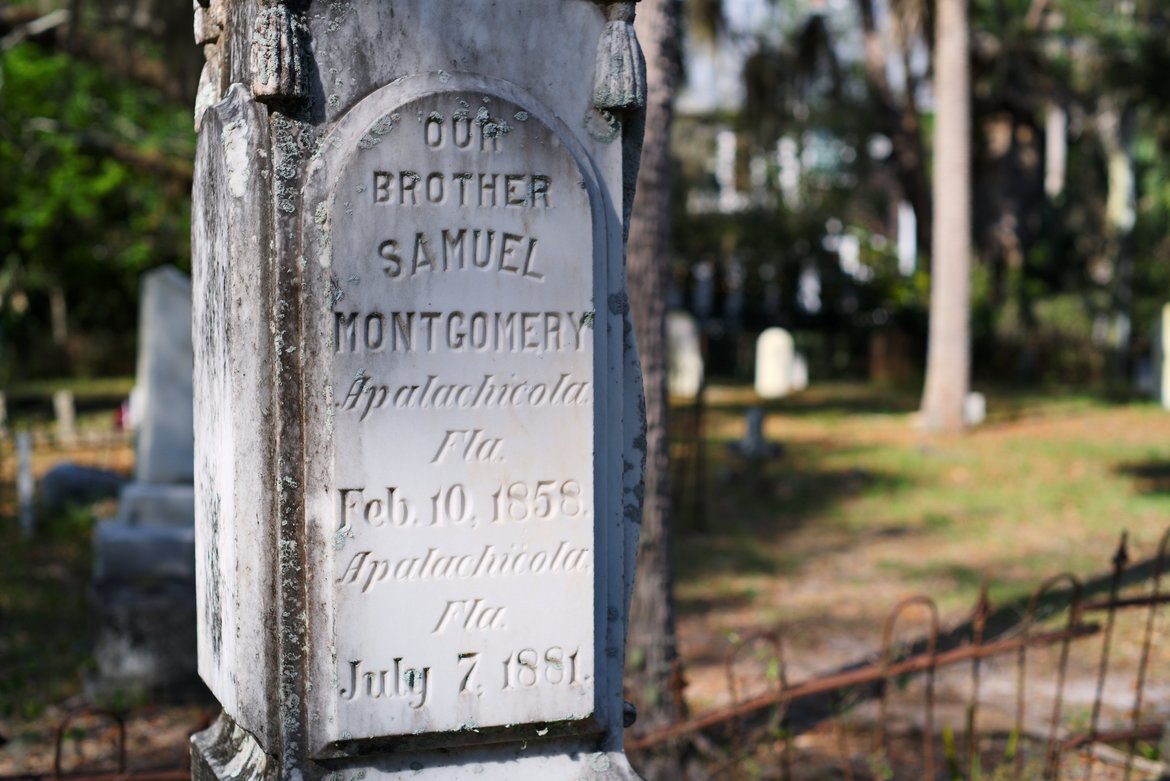
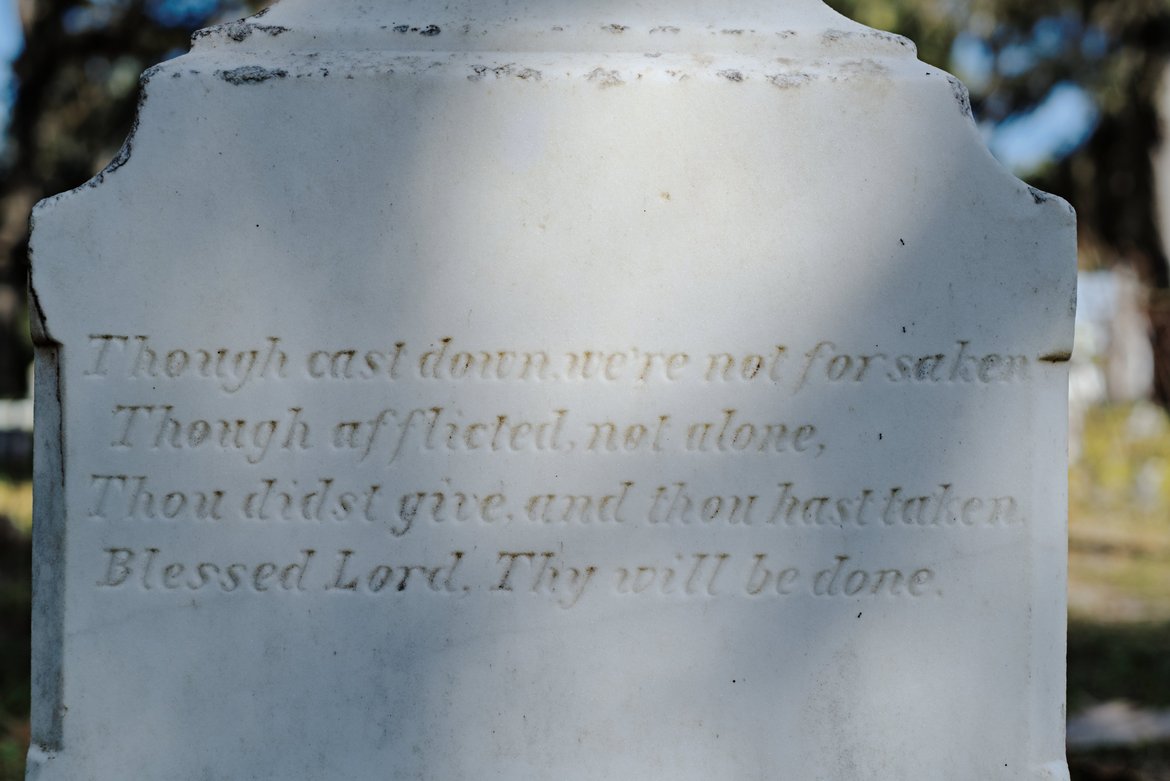
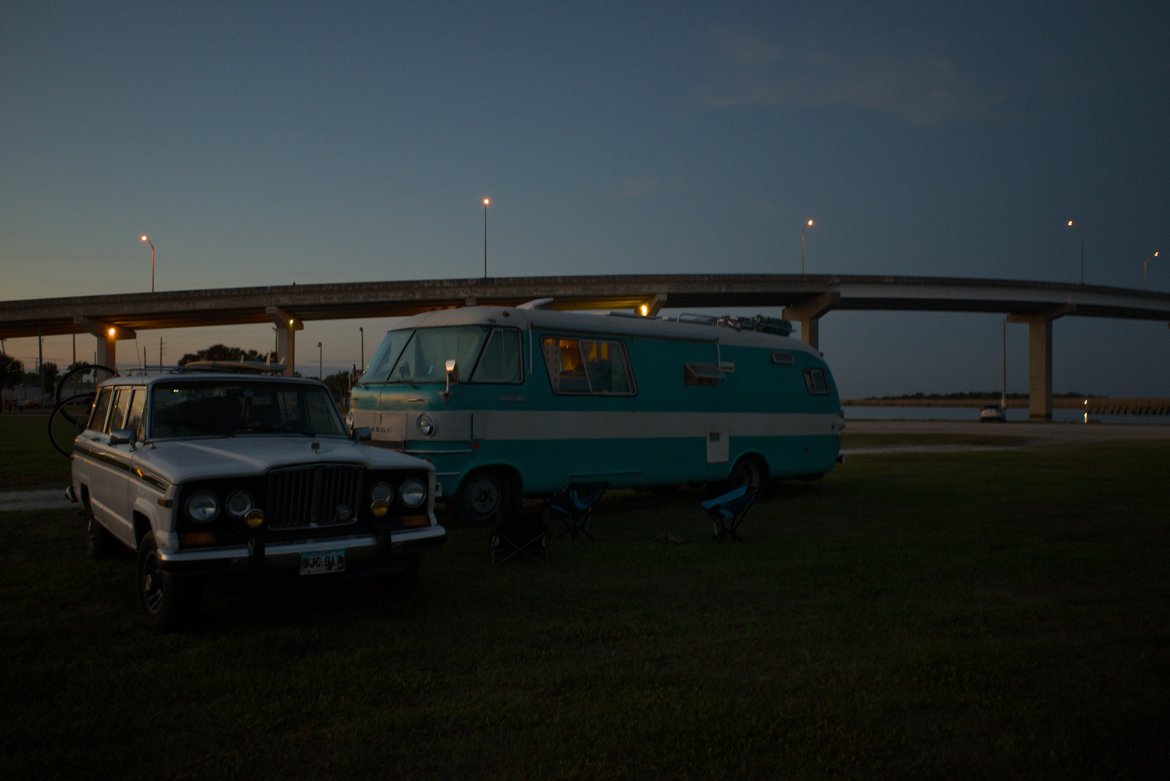

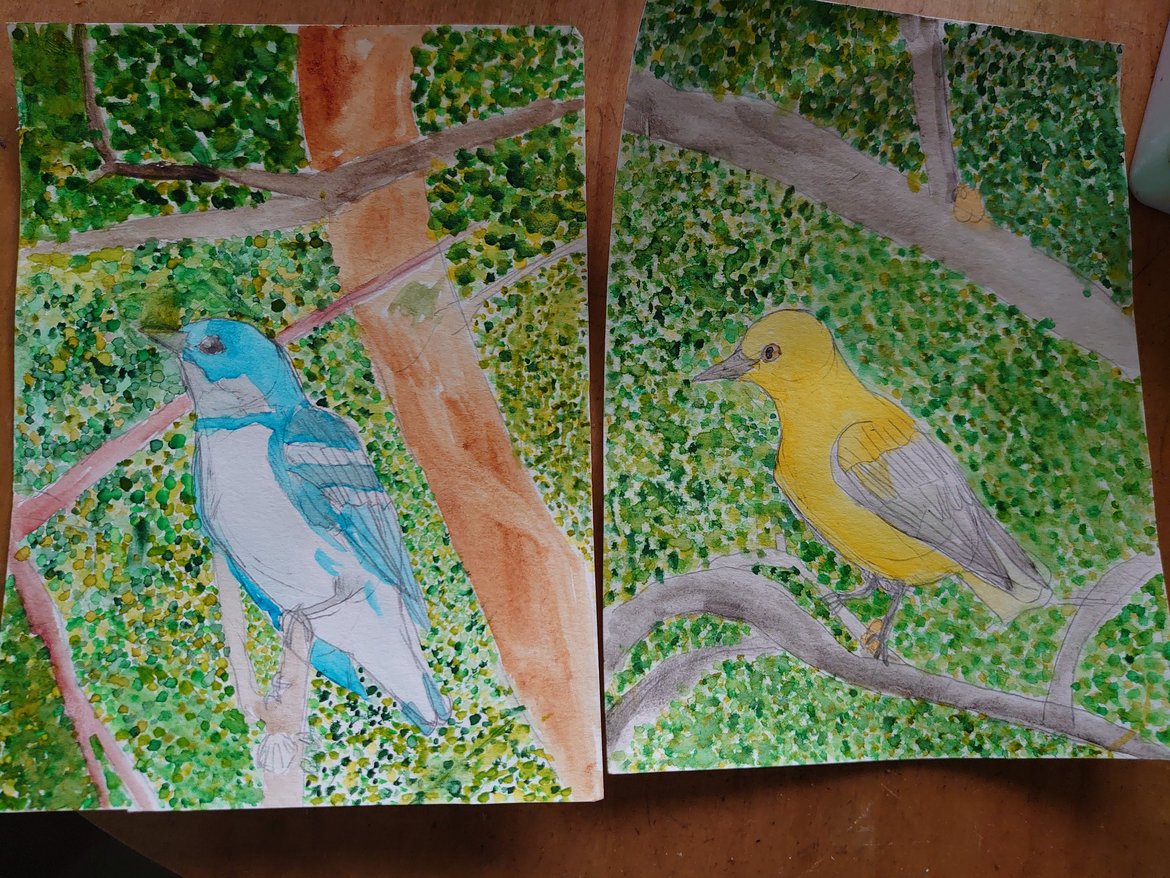

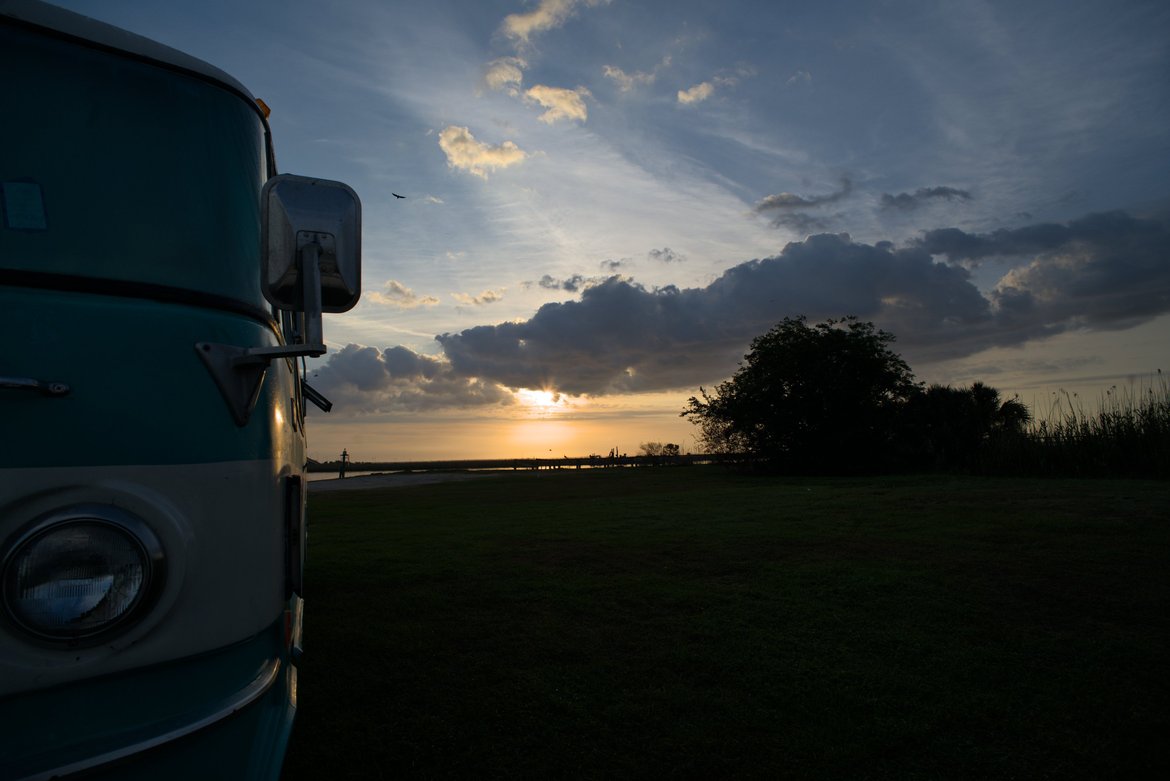

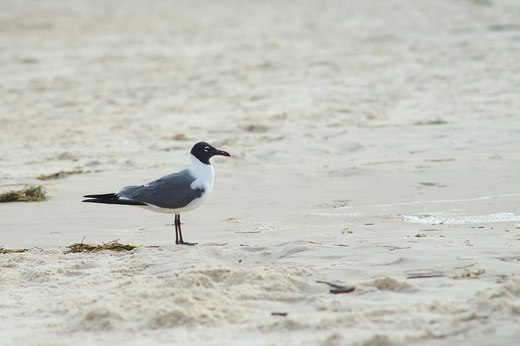

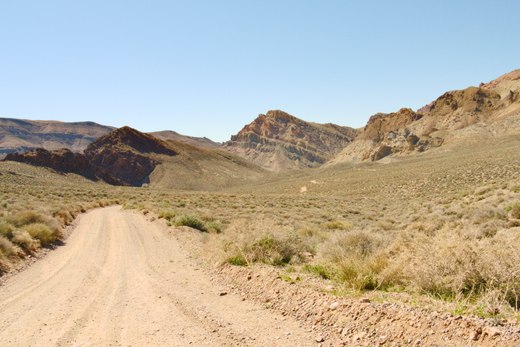
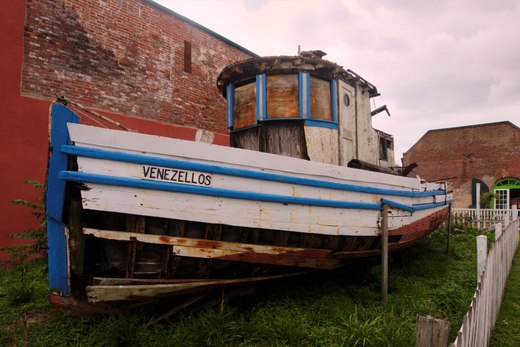
Thoughts?
Please leave a reply:
All comments are moderated, so you won’t see it right away. And please remember Kurt Vonnegut's rule: “god damn it, you’ve got to be kind.” You can use Markdown or HTML to format your comments. The allowed tags are
<b>, <i>, <em>, <strong>, <a>. To create a new paragraph hit return twice.